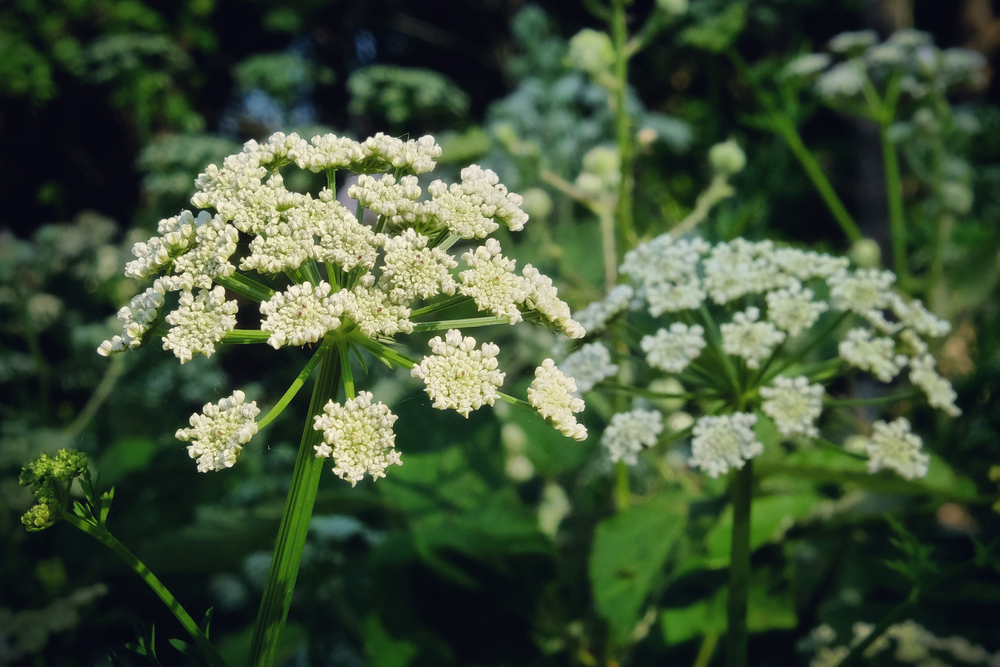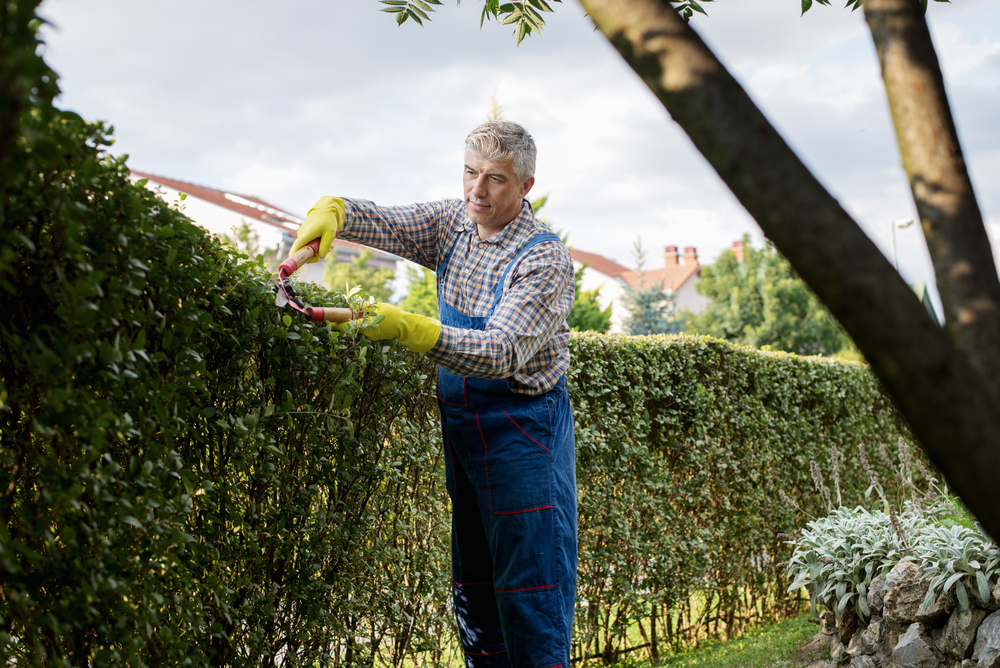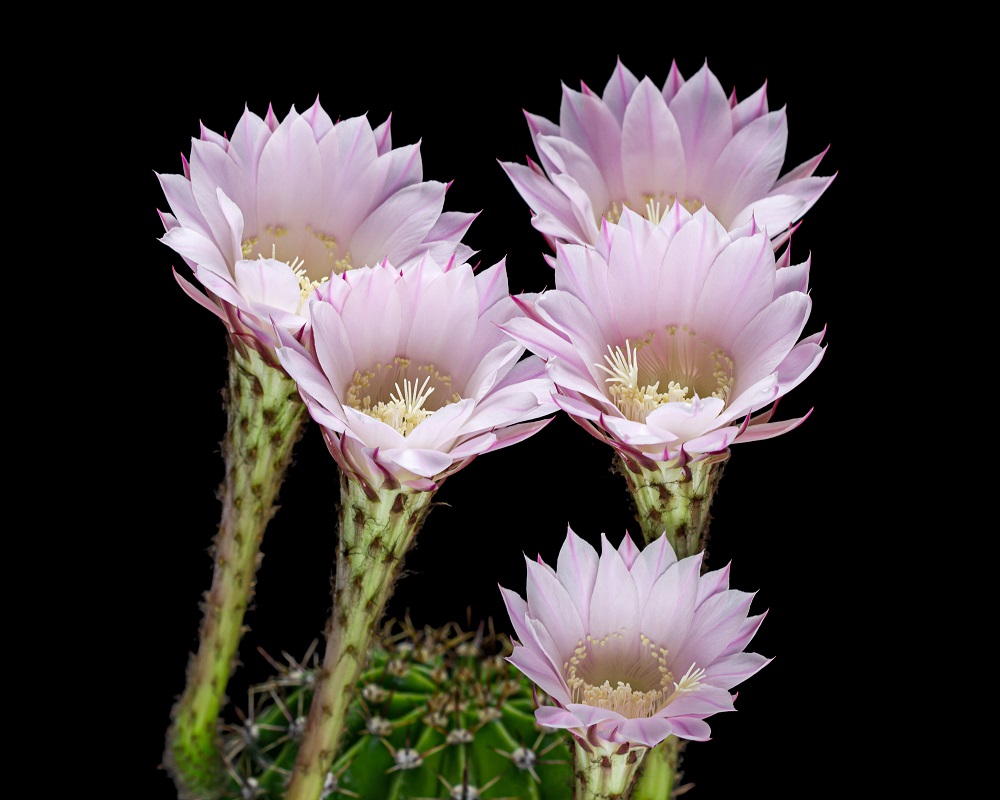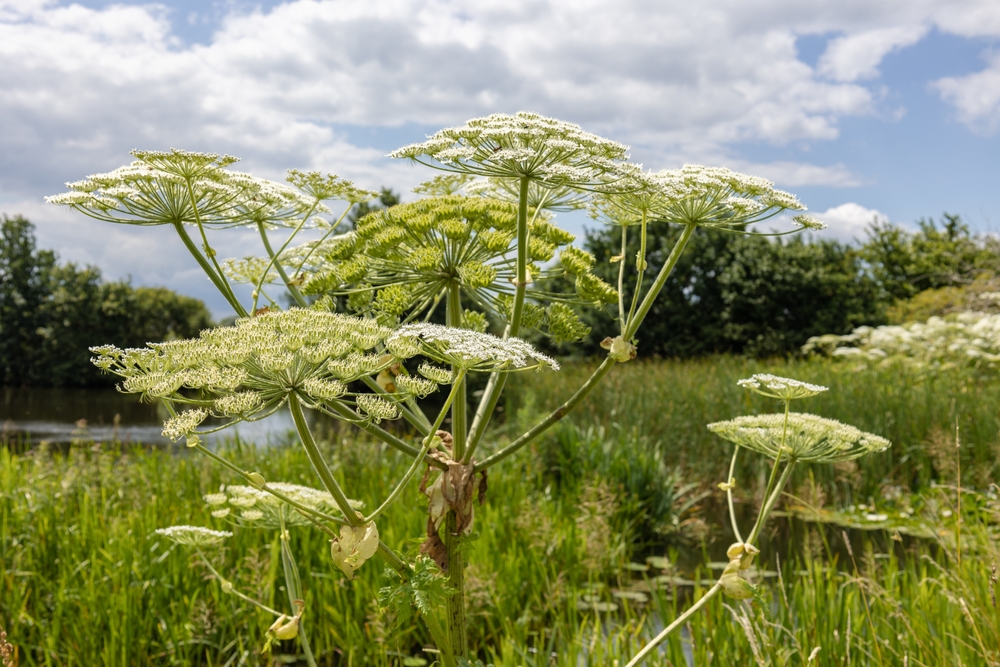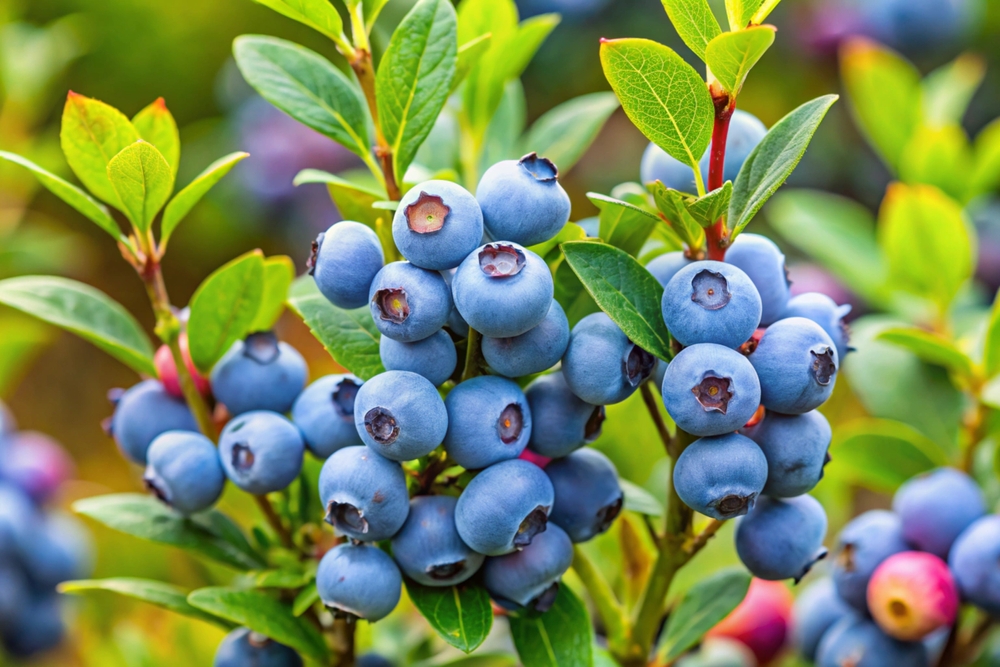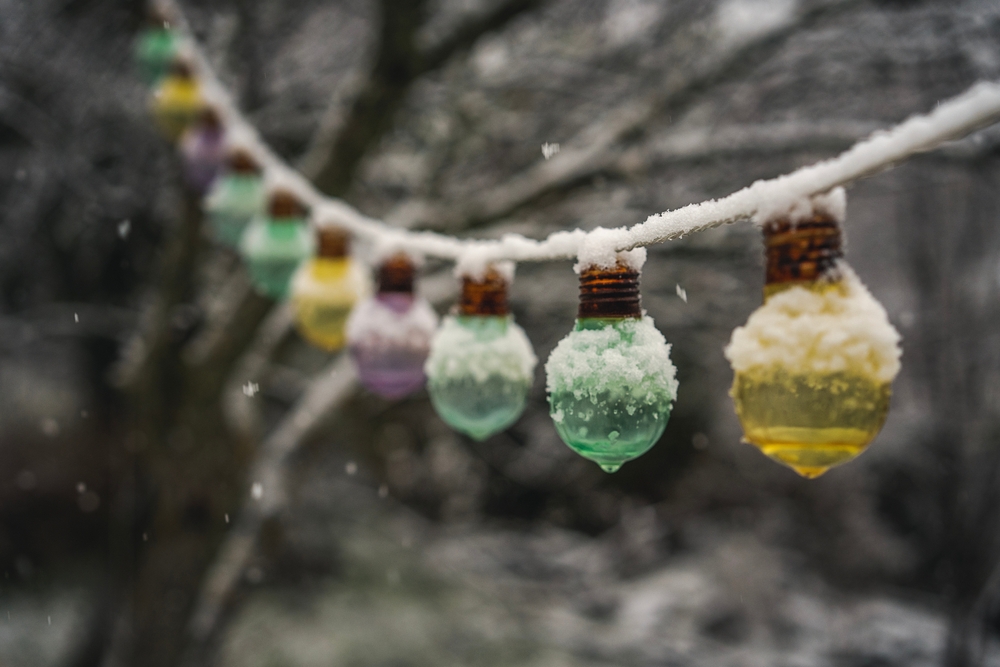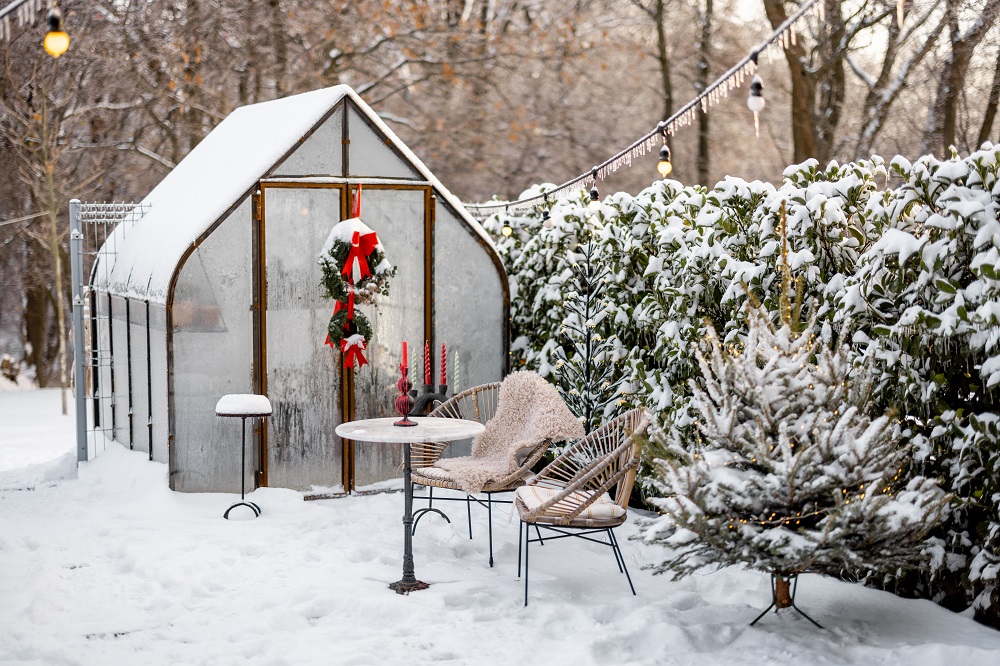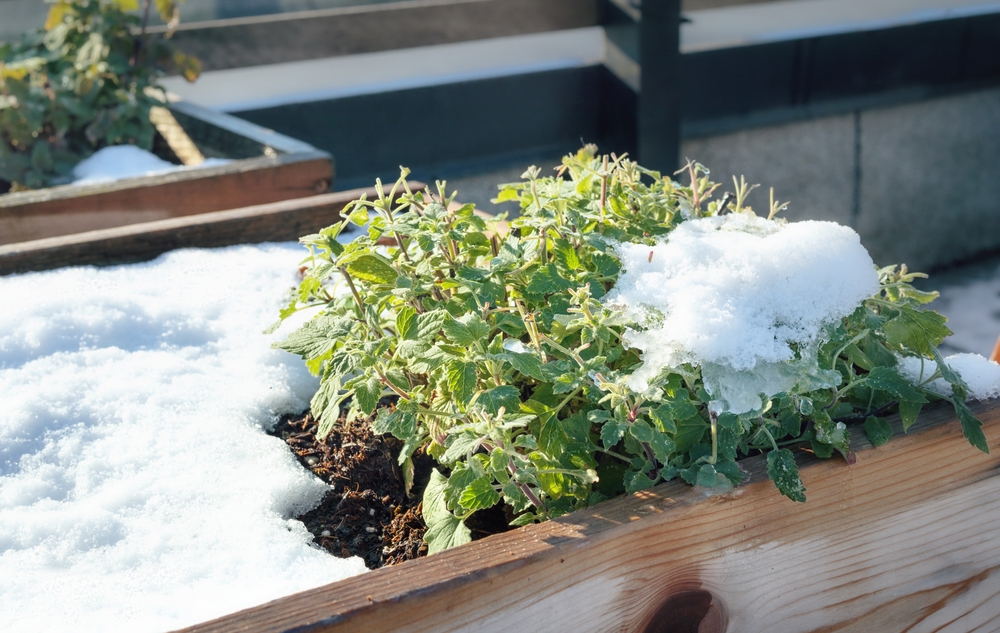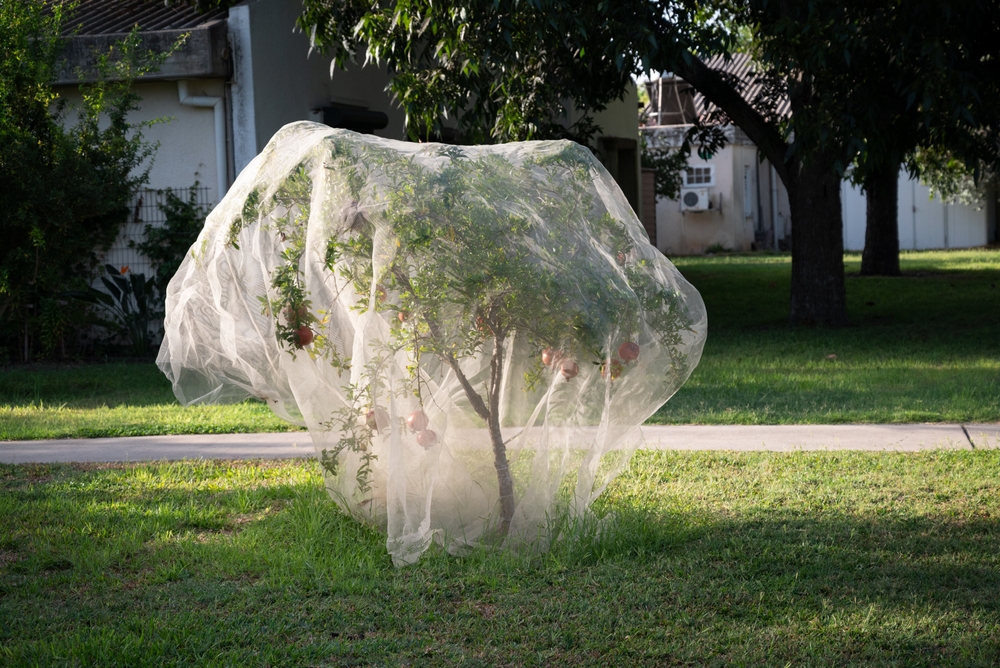It’s not you, it’s them! Here are the hardest houseplants to keep happy.
It’s always lovely seeing some greenery inside a home. But let’s be honest, sometimes the indoor plant we bring home looks a bit worse for wear under our care!
While some plants, like the pothos or the snake plant, are easy to maintain, others require specific and extensive work that leaves you at your foliage’s beck and call.
These are the greens that will only obey the most experienced growers, ideal conditions, and comprehensive care. With the right approach, the hardest plants to keep alive can delight you for a long time, especially since growing them will be a challenging journey.
Still, you’d better try your best to take proper care of them because the plants on this list have some of the most unique coloring patterns and recognizable foliage and can become a vivid decoration in an indoor space, which are very fulfilling results of sometimes complicated care routines.
So here’s the deal: We asked our readers about the indoor plants they couldn’t keep alive, and boy, did they respond! That’s why Gardeners And Plants has decided to create a list of the hardest houseplants to keep alive.
Here are 7 of the most popular answers, plus our advice in case you feel inspired to give these houseplants another go!

Boston Fern
This leafy, lush plant can give your home some incredible jungle vibes… just as long as you can successfully replicate the growing conditions of its original home, the subtropical and tropical rainforests.
Without high humidity, warmer climates, and lots of filtered light, the fern will begin to shed its leaves, making it one of the hardest houseplants to care for.
If you’re up for the challenge, though, there are ways to satisfy this difficult plant’s needs without sacrificing your comfort. First, set your fern by a west or east-facing window with lots of indirect sunlight.
If you can, opt for a location near a heat vent that can be opened and closed. The plant grows at a moderate 65 to 75 degrees during the day, but a 10-degree drop in temperatures in the evening prevents fungus growth.
Running a humidifier nearby to keep the air around the fern from drying out can also help, especially during the winter months.
Orchid
The entire plant family of Orchids is renowned for their thin stems and vividly colored blooms, creating fragile and minimal yet colorful decorations for indoor spaces.
Nevertheless, the Orchid is a tropical plant, meaning its care issues are centered around recreating its native environment, which means it’s one of the hardest houseplants to care for. Orchids need exposure to indirect bright sun and very little watering.
It would be better to place the indoor plant near widows. The good part about them, though, is that their leaves can indicate when the sunlight isn’t right.
For instance, red blush means they’re getting too much sun, and if they’re green but a darker shade, it means not enough sun. And make sure the soil is NEVER waterlogged.
Inch plant
The inch plant’s, a.k.a the Tradescantia zebrina, vining growth habit can be both a gift and a curse. That’s why we’ve included it on our list of the hardest houseplants to care for.
In a hanging basket, the distinguishable, purple-and-silver-striped leaves cascade gently, glowing in the light and looking stunning. Over time, though, as the tendrils get longer and the leaves are fewer and farther in between, this plant begins to look weak, even if it’s thriving.
There’s only one way to keep it looking its best: Make sure you pinch back the growing tips often to keep pace with a plant whose growth rate means it can be an invasive species outdoors.
The good news is that a plant like this doesn’t need any other out-of-the-ordinary care beyond its unusually demanding grooming requirements.
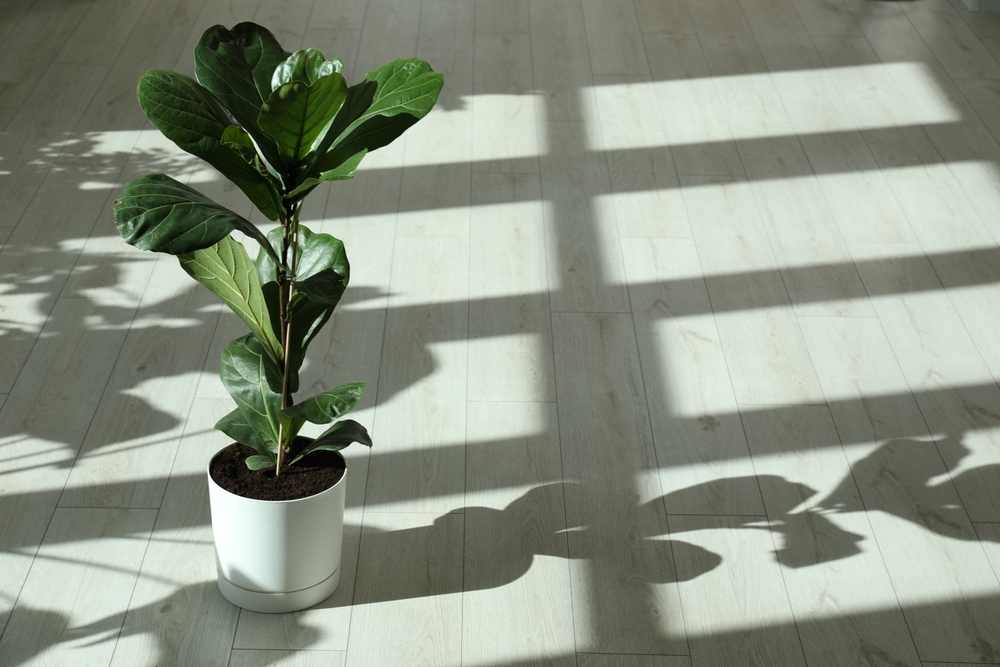
Fiddle Leaf Fig
The ficus lyrata plant is valued for its ability to grow to nearly 10 feet and combine ficus-like leaves with a lush and tropical size of foliage that gives this plant a likeness to a tree.
But, this indoor tree is very picky about its position in an indoor environment and is on the list of the hardest houseplants to keep alive for many people. The Fiddle Leaf Fig needs constant bright light and moderate to high humidity, so misting should be done on a regular basis.
And the soil should always be moist, but with a strict watering schedule to ensure you don’t overwater it. All in all, you must simply be aware that the slightest change in its position or light can make the Fig drop its leaves.
If you notice any worrying signs, start treatment immediately!
Camellia
This is another gorgeous plant that has flowers but could be one of the hardest houseplants to grow. Many love the neatness of the bud, tenderness, and unobtrusive appearance. The proper lighting conditions are just as essential for it, too.
If it’s in the shade, you won’t see any buds on the plant. Also, be sure to provide it with humid yet cool air for ideal conditions. During the plant’s flowering period, ensure you keep the temperature around 50 degrees in winter.
The major challenge with Camellia is replicating the acid and woodland environments that this plant thrives in, along with managing its prone-to-pest nature.
So you may want to stock up on this 3-In-1 BioAdvanced Insect, Disease and Mite Control Concentrate from Amazon!
Weeping Fig
Commonly known as the ficus benjamina, this plant is beyond the strength of many. There are many reasons to include it on the list of the hardest houseplants to care for. If you don’t follow specific care methods, your Ficus will instantly shed its lush foliage.
Watering should be moderate, and you’re best bet is to use distilled water. Don’t forget to maintain adequate lighting and temperatures between 65 to 70 degrees. And you should try to avoid rearranging and rotating the plant.
Keep it away from drafts and high levels of humidity, as well. This may sound like a lot, but if followed correctly, the Weeping Fig will produce dense evergreen foliage and can become one of the tallest plant in your home.

Azalea
Planted outdoors, the azalea, or Rhododendron, bursts with colorful blooms in a spring extravaganza that makes the shrub an MVP with gardeners. So, it’s only natural that plant lovers be tempted to try their luck at raising this plant indoors.
Unless you take some special care, though, the azalea love fest won’t last too long because this is one of the hardest houseplants to keep alive indoors.
The first thing to know about growing indoor azaleas is that they like it humid and cool, a blend that can be problematic to create artificially. They also need slightly acidic soil, meaning that vinegar must be added to all the water you give the plant unless you repot it.
Indoor azaleas require damp, yet not soggy soil, as well. After all this, even if you do all of the above, it still doesn’t guarantee that you can get your azalea to bloom again next year!
What are YOUR thoughts on the hardest houseplants to keep alive indoors? Please fell free to share your own experiences in the comments section below!
And if you liked this article, we highly recommend also reading: Houseplant Health Issues: 6 Simple Reasons Your Plants Are Dying

